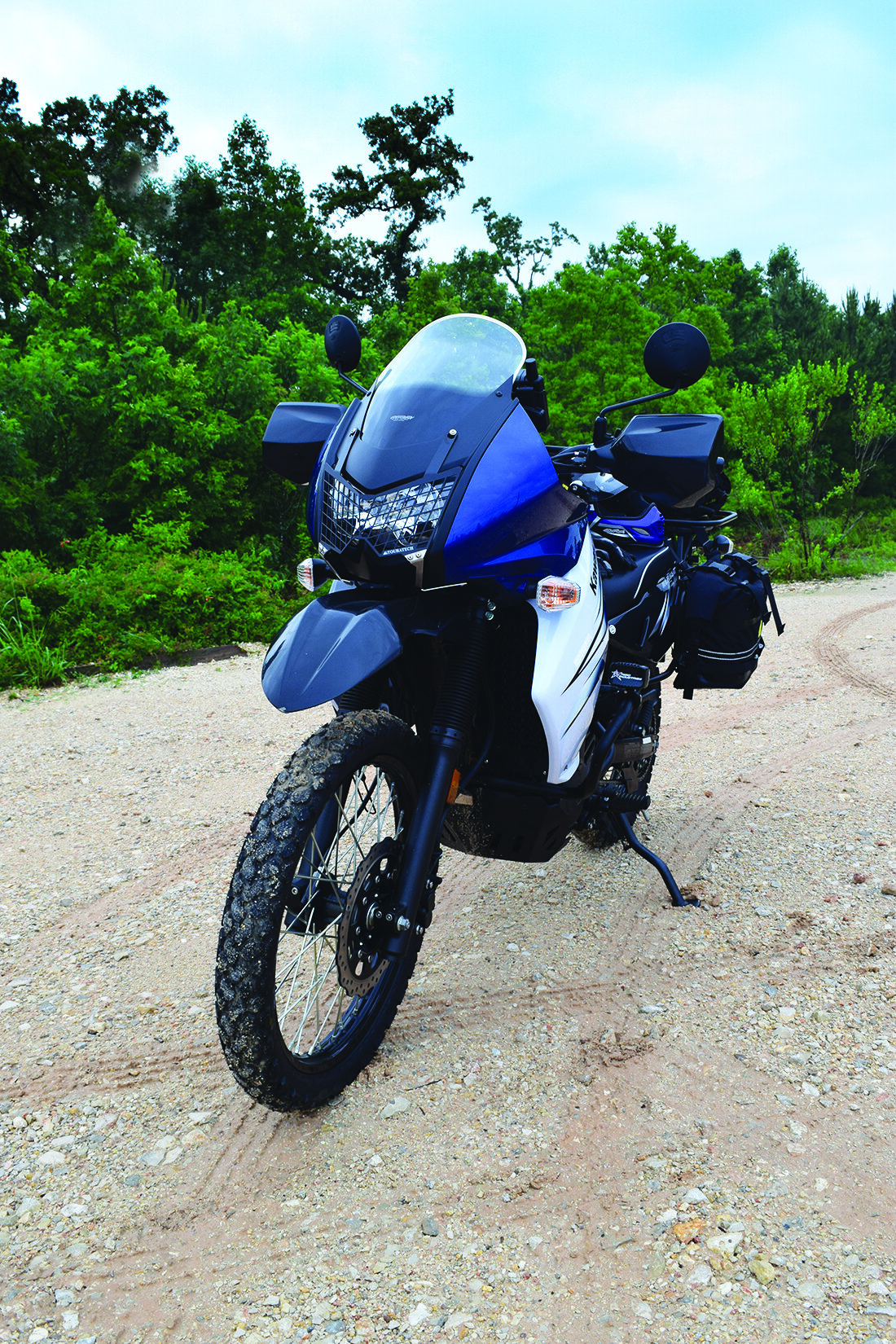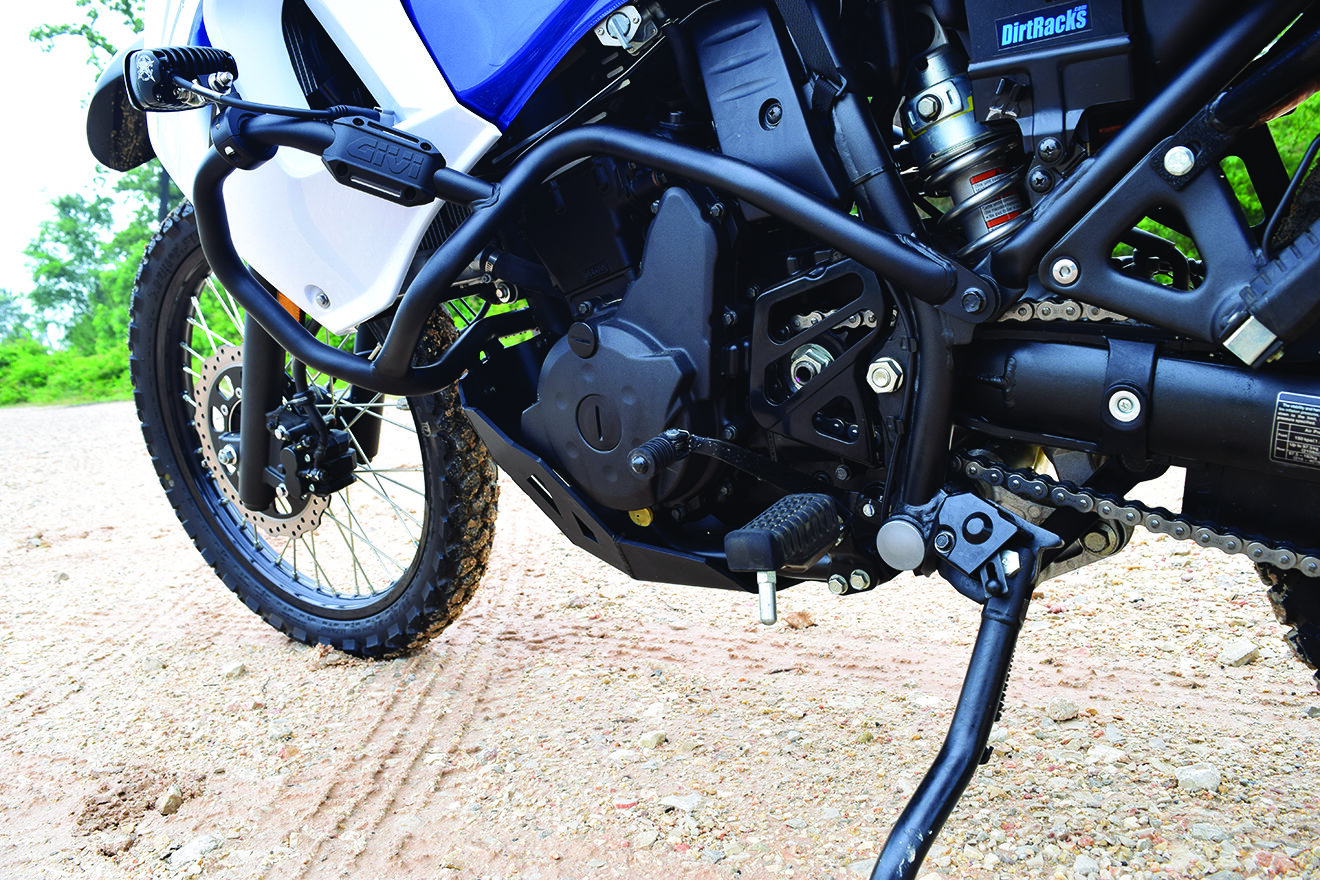ven·er·a·ble adjective: accorded a great deal of respect, especially because of age, wisdom, or character.
Adventure travel has long lurked in the marrow of the bones of homo sapiens. There must be something irresistible about the allure of exploring the unknown when men and women like Sir Ernest Shackleton, Amelia Earhart, and those trusting or foolish enough to join them are willing to leave the comforts of home to risk life and limb. Modes of propulsion are many and, once lit, the flame of adventure leaps quickly from candle to bush to tree. For some, Scouting first whetted the appetite. For others, it was a walk in the woods with Dad or a fishing trip with Grandpa. Perhaps it was that pre-adolescent thrill as the clutch was jerkily engaged on the old Jeep. Maybe it was the magical centrifugal sensation during a first motorcycle ride that stuck in our gut like a captive butterfly. Whatever event or combination thereof, when the tinder of adventure is ready, a spark is enough to set our world ablaze.
“Adventure riding” is the two-wheeled equivalent of overlanding by automobile. Both are the logical extensions of “Jeeping” over rocks and mud or “scrambling” in the local sand pits aboard whatever machine we could beg or borrow during our youth. Eventually, the desire to explore outgrew the Hundred Acre Woods that satisfied us in our teething, Winnie the Pooh days. It is only natural that as our knowledge and awareness of obscure trails through strange lands grew, so would our resolve to explore them. Those skills learned close to home — building, modifying and handling our machines — begged use over yonder where the trail disappeared among the distant hills. It was more than the going, but also in how we would go. It was more than the seeing, but the mastery of our machine that compelled us to take the toughest route, to test our mettle and the metal beneath us.
Adventure riding is not about going fast, although skill in doing so is sometimes helpful, and it is not about show in the way many chromium-laden cruisers are presented, with gas stops extended to polish paint or scour off bugs and road grime before setting off again to collect more bugs and road grime. It is about getting there, efficiently and with a most extraordinary experience along the way. It entails the culmination of virtually every discipline of motorcycling from woods racing to trials, and even a hint of road racing. The machines are often misunderstood by the uninitiated. Purists on a sport bike, bagger or lightweight dirt bike may believe they have superior mounts…and for the single purpose of their design, may be correct. But the adventure rider will roll into camp covered in grit, his tires devoid of telltale chicken strips (tread never exposed to pavement). And he will think nothing of it.










Enter the Kawasaki KLR 650 as a potential first adventure bike. Why the KLR? Why not a full-on street legal dirt bike like the KTM EXC series, or the acclaimed BMW GS? They have their places, but the KLR provides a lot of bang for the buck, especially for someone not ready to hock the house to go off a-rambling. The KLR has been the gateway drug for many an adventure rider, and more than a few have stuck with the stoic beast, never “moving up.” I bought my first one used for a mere $1,700. After a few hundred dollars spent on improvements, including the notorious Doohickey mod, a popular upgrade to the balancer chain adjuster mechanism, it was easily morphed into a world-class, two-wheeled overlanding platform. With a good skid plate, hand guards and a waterproof duffel bag strapped on the back, it was ready to venture wherever my heart would lead.
As with any activity worthy of our resources, much of the fun is in modifying and personalizing our machines. KLRs are sometimes considered low-budget, long-distance alternatives to the flashier mounts, but they are also among those with the most miles on the odometer and the most decals from exotic places. In fact, it has been said that the acronym “KLR” stands for Kawasaki Long Range. It is a worthy moniker. The mighty KLR has proven its value over many a mile.
The first generation KLR 650 enjoyed a ten-year run from 1997 to 2007 without changing much more than the color of the plastic. Then, in 2008, Kawasaki made a series of changes to the time honored design, some that were initially scorned by diehard Gen 1 riders. Aerodynamics were improved and a more modern appearance was added. Forks were enlarged from 38 to 41 mm, suspension was shortened and stiffened slightly, the swing arm was switched from steel to aluminum and lengthened, and overall some 22 pounds were added to the already formidable bulk. The alternator capacity was increased some 20%, which helped reduce the need to swap out the stator, a mod that often left riders stranded in some edgy places around the world. Arguably, out of the box the newer bike is more user-friendly for the long haul and is still a bargain at under $6,000 at your local dealer. And, if you remove the new forward plastics and squint, you can still see the beloved old “pig,” as the KLR is affectionately called, in the shape of the fuel tank beneath. That tank holds 6.1 gallons of the required minimum 87 octane fuel and will carry you 250 miles, more or less, before signing off. The 2014.5 model added a few more enhancements but the basic machine is still the same tried and true workhorse of old.
Like overlanding, adventure riding is a worthy endeavor whatever your choice of machine. The open road and the trails beyond are much more open from the saddle of a motorcycle and the cost of admission can be affordable if the right platform is chosen from the get-go. For many, the venerable KLR 650 is just the ticket.
